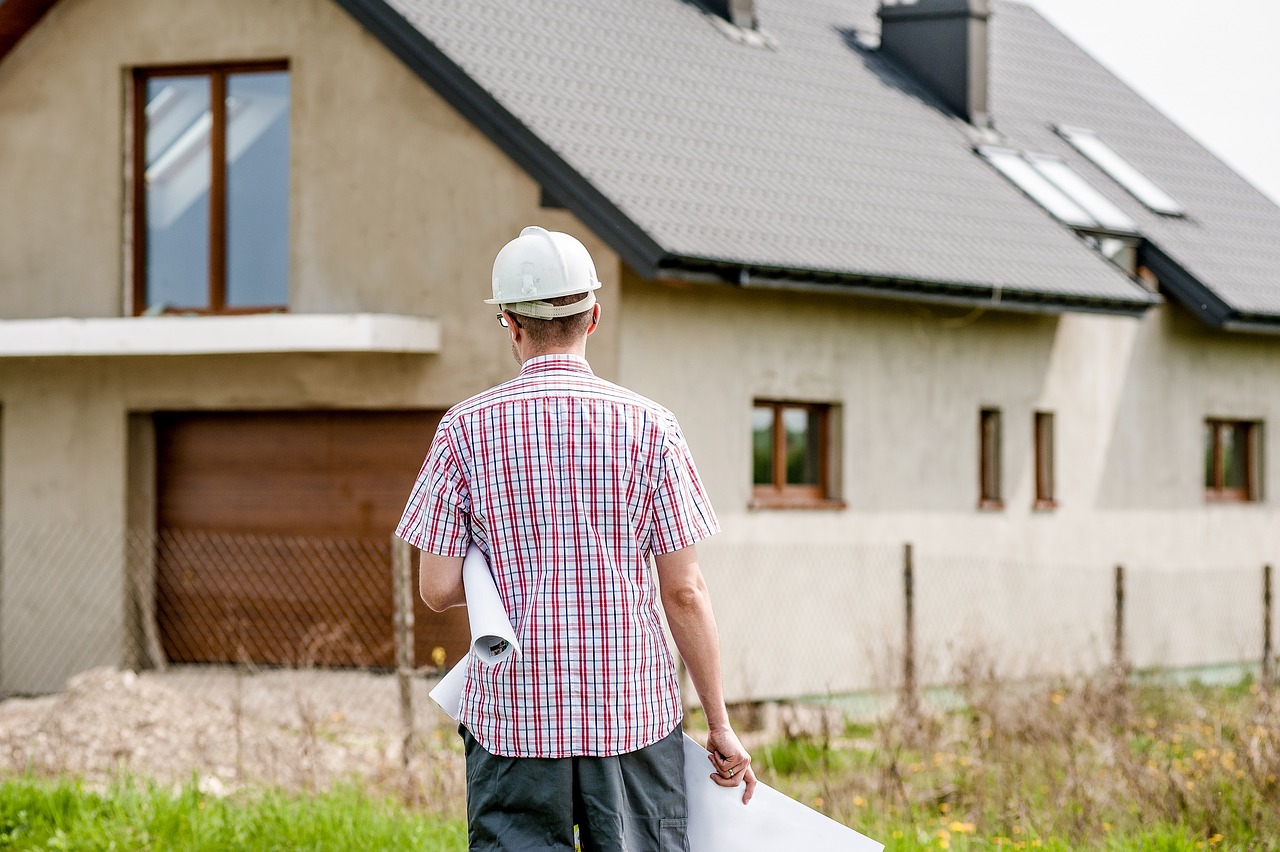The Ultimate Checklist: Essential Steps to Take When Moving Into a New Construction Home
Moving into a new construction home is an exciting milestone. Everything is fresh, clean, and ready for your personal touch. However, new construction also comes with its own set of unique considerations. To ensure a smooth transition, it’s essential to address certain tasks right away. Here’s a comprehensive guide to help you make the most of your new home.
1. Conduct a Thorough Walkthrough
Before moving in, schedule a final walkthrough with the builder. This is your opportunity to ensure everything is up to standard and that any previously noted issues from the pre-closing inspection have been resolved. Bring a checklist to review items such as:
- Doors and windows opening and closing smoothly.
- Functional plumbing and electrical systems.
- Paint and finish quality.
- Appliances and HVAC systems.
Take pictures and document any new issues that may have arisen.
2. Secure Your Warranty Information
Most new construction homes come with builder warranties covering certain aspects of the home. Collect all warranty documents for:
- Structural components.
- Appliances.
- HVAC systems.
- Plumbing and electrical work.
Familiarize yourself with the warranty terms and know how to file a claim if necessary.

3. Set Up Utilities and Services
While utilities like electricity, water, and gas may already be connected, confirm that accounts are set up in your name. Additionally, arrange for essential services such as:
- Internet and cable.
- Trash and recycling pickup.
- Lawn care or landscaping maintenance, if needed.
4. Change the Locks
Even though you’re the first occupant, many contractors, subcontractors, and real estate agents may have had access to your home during construction. Changing the locks or rekeying the doors ensures your safety and privacy.
5. Test Safety Features
New homes come equipped with safety devices, but it’s important to ensure they’re functioning correctly. Check:
- Smoke and carbon monoxide detectors.
- Fire extinguishers (if included).
- Emergency escape routes from bedrooms.
Replace batteries in detectors and create a fire escape plan for your household.
6. Plan for Landscaping
Most new construction homes come with basic landscaping, but it’s often up to the homeowner to enhance the outdoor spaces. Start by:
- Reviewing your Homeowners Association (HOA) guidelines, if applicable.
- Adding trees, shrubs, and flowers to create a welcoming yard.
- Installing an irrigation system to maintain your lawn and garden.
7. Deep Clean the Home
While your home may appear spotless, construction dust and debris can linger. Perform a deep clean, focusing on:
- Cabinets and drawers.
- Windows and light fixtures.
- HVAC vents and filters.
Consider hiring professional cleaners if needed.
8. Address Potential Settling Issues
New homes often experience settling over time, which can cause minor cracks or other changes. Monitor your home’s foundation and walls for signs of settling, and notify your builder if you see:
- Cracks in walls or ceilings.
- Doors that no longer align.
- Uneven floors.
These issues are typically covered under the builder’s warranty.
9. Create a Maintenance Plan
New construction homes require less immediate maintenance than older homes, but routine upkeep is still crucial. Establish a schedule for tasks such as:
- Changing HVAC filters every 1-3 months.
- Checking the roof and gutters annually.
- Sealing tile grout and other finishes.
10. Personalize Your Space
One of the most enjoyable aspects of moving into a new home is making it your own. Consider:
- Painting accent walls to add color.
- Hanging artwork and installing shelving.
- Adding curtains, blinds, or shades for privacy.
Take your time decorating to ensure your home reflects your style and personality.
11. Introduce Yourself to the Neighborhood
Moving into a new development often means joining a growing community. Build connections by:
- Attending HOA meetings or neighborhood events.
- Introducing yourself to nearby neighbors.
- Joining local online groups to stay informed about community news.
12. Document Your Home’s Condition
Take photos or videos of your home shortly after moving in. These records can be invaluable for:
- Warranty claims.
- Insurance purposes.
- Tracking any changes over time.
13. Understand Your HOA Rules (If Applicable)
If your home is part of a homeowner’s association, familiarize yourself with its regulations. This includes:
- Exterior modification guidelines.
- Landscaping requirements.
- Rules regarding parking and noise.
Adhering to these rules will help you avoid fines and build good relationships with your neighbors.
Final Thoughts
Moving into a new construction home is an exciting chapter, but it requires careful planning and attention to detail. By following this checklist, you’ll be well on your way to creating a safe, comfortable, and personalized living space. Take the time to address these tasks early on, so you can fully enjoy the benefits of your brand-new home!



